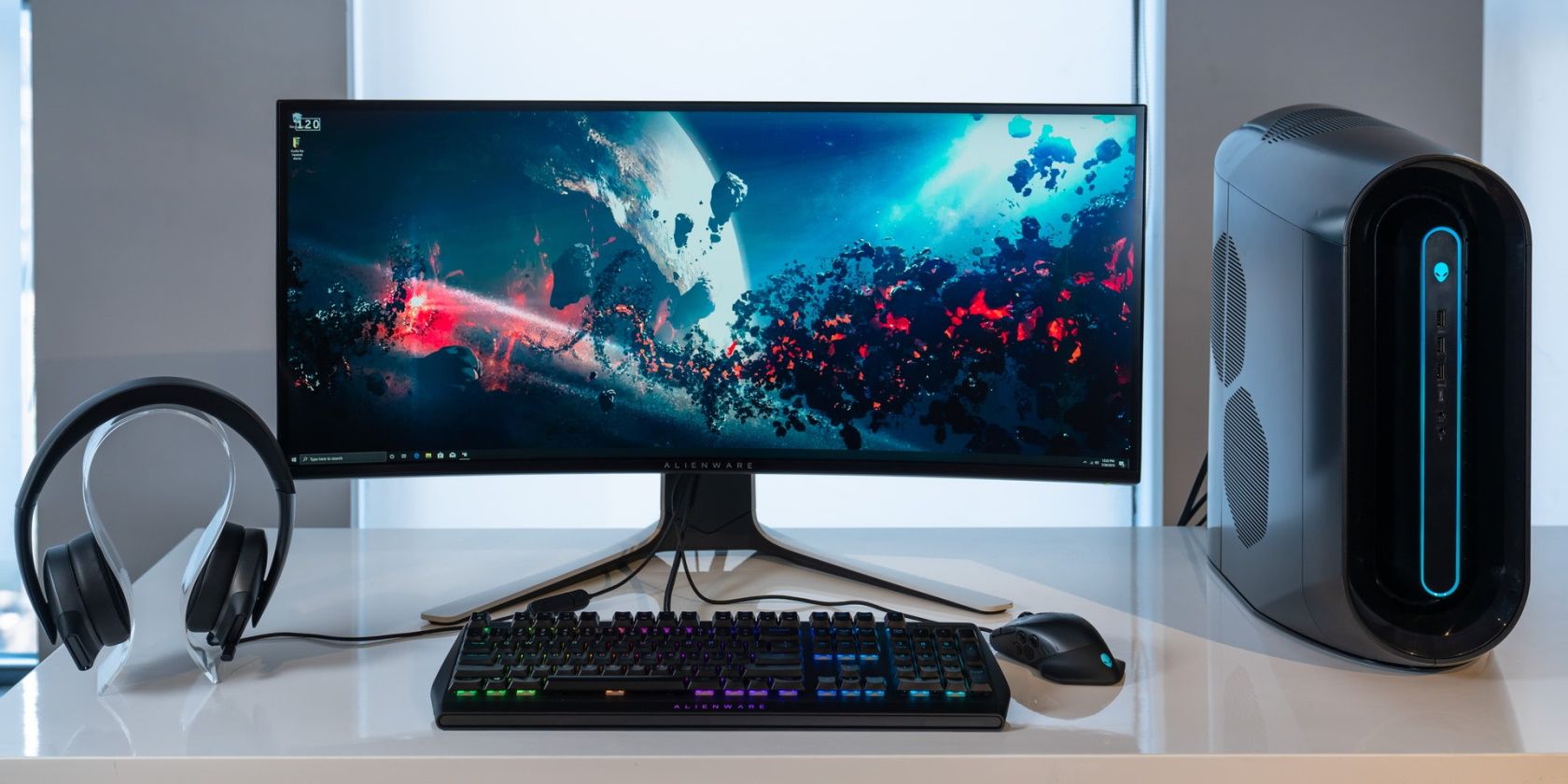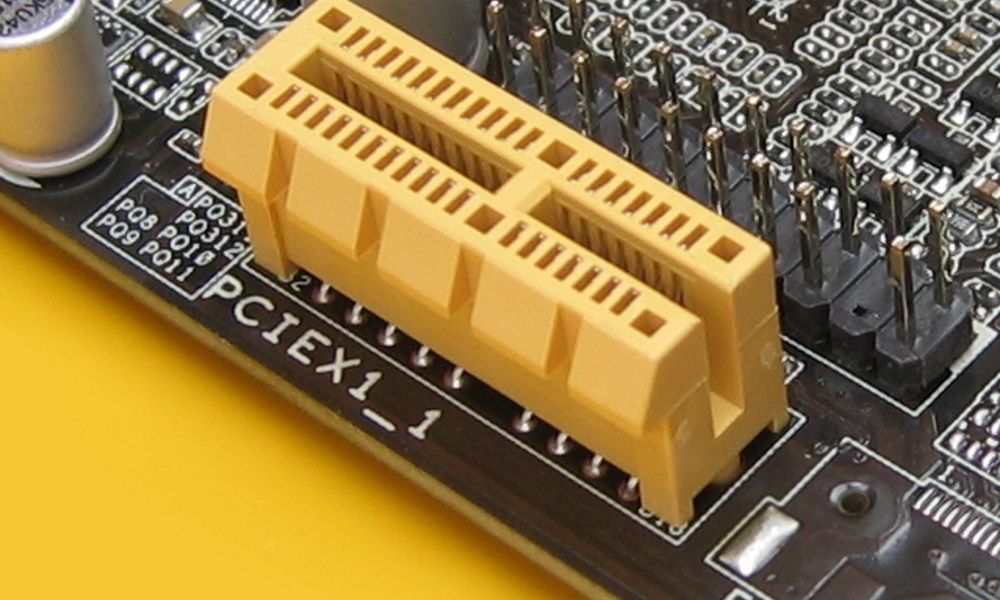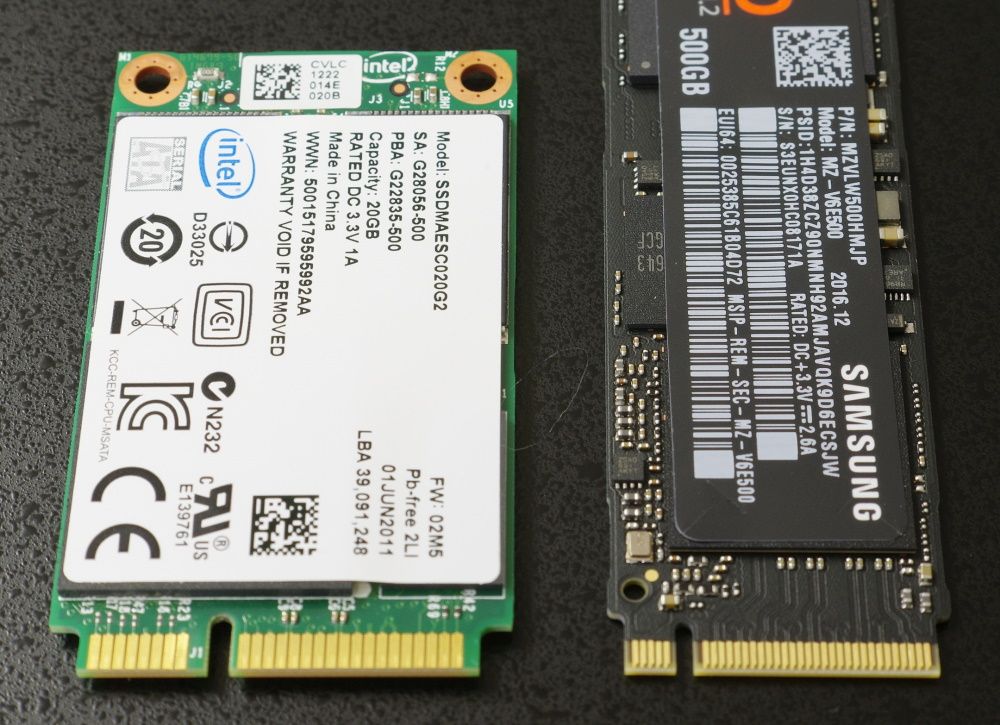Getting your PC online should be straightforward, but without the right hardware a Wi-Fi connection is impossible. While a desktop computer can connect to Wi-Fi, if it doesn't have a Wi-Fi card installed, you'll need to add Wi-Fi support to the PC.
Here's everything you need to know about connecting a PC to Wi-Fi and how to make a desktop computer wireless if it isn't already.
How to Connect Computer Your to Wi-Fi
Can a desktop computer connect to Wi-Fi? Yes it can---with the right hardware. If you're unable to connect your PC to your local network with an Ethernet cable, Wi-Fi is the alternative. While slower than Ethernet, Wi-Fi is getting faster all the time and is sufficient for video streaming, online gaming, and downloading.
If your computer has suitable wireless networking hardware installed, you can connect to a local wireless network.
How to Connect Windows to Wi-Fi
To connect a Windows desktop to Wi-Fi:
- Click the Notification area or press WINDOWS + A
- Click Network
- Enable Wi-Fi
- Wait while the nearby networks are polled and listed
- Select the network you wish to connect to
- Input the password when prompted
Your connection should now be complete. Be sure to connect only to secured networks. If this is not possible, or you're uncertain of the network's level of security, using a VPN is recommended.
Connect Linux PC to Wi-Fi
To connect a Linux desktop to a Wi-Fi network:
- Find the Wi-Fi icon in the panel
- Right-click and select your network
- Input the password when prompted
This can also be done in the terminal. Start by checking the SSID (network name) of the network you wish to connect to:
sudo iwlist wlan0 scan
Next, open wpa_supplicant.conf.
sudo nano /etc/wpa_supplicant/wpa_supplicant.conf
Edit the file to add the SSID and associated PASSWORD.
ctrl_interface=DIR=/var/run/wpa_supplicant GROUP=netdev
update_config=1
country=US
network={
ssid="SSID"
psk="PASSWORD"
key_mgmt=WPA-PSK
}
Press CTRL+X to save and exit, then Y to confirm. Shortly after, the wireless network should be detected and the computer connected.
If you're having difficulty connecting to your wireless network, learn how to boost the Wi-Fi signal from your router.
Using a Mac? Check our guide to solving Wi-Fi problems on macOS.
No Wi-Fi? How to Add a Wireless Adapter to Your PC
If you still can't connect to any wireless network, it's a good idea to confirm that your device drivers are fully updated. Do this by running a standard system update and checking the results. Hardware without drivers will be highlighted.
What if your desktop computer doesn't have the right hardware installed? If a cabled (Ethernet) connection isn't an option, you'll need a wireless adapter for your desktop PC. You have three options here:
- Connect a USB Wi-Fi dongle
- Install a Wi-Fi card
- Use a motherboard with on-board Wi-Fi
Below we'll look at all three of these options in turn.
1. Connect a USB Wi-Fi Dongle
The easiest way to get your computer connected to a wireless network is with a USB Wi-Fi adapter for desktops.
These low-cost dongles are small and easy to use. Simply insert the dongle into your computer's USB port, install the drivers, and reboot. With the computer up and running again, the dongle should detect local wireless networks. All you need to do is follow the instructions above to connect to the network of your choice.
Many such USB Wi-Fi dongles are available. The TP-Link USB WiFi Adapter is a good starting point.
2. How to Install a Wi-Fi Card in a PC
Short on USB ports, or need a more permanent solution? While you could add a USB hub to your PC, you might prefer the option of installing a wireless networking card in your PC. This involves shutting down your PC, opening the case, identifying the appropriate slot, buying a suitable card, and inserting it.
Two types of internal Wi-Fi cards can be installed on current motherboards: PCI, and m.2.
How to Install a PCI-e Wi-Fi Card
Aside from USB, the most common way to add wireless networking to a desktop PC is with a PCI-e (PCI Express, an upgrade of the legacy PCI interface) card. This is a rectangular printed circuit board (PCB) usually with a detachable antenna. Several versions of PCI-e are in use, but most Wi-Fi cards use PCI-e x1. This is the smallest PCI-e port.
To identify the slot for a PCI-e card to add Wi-Fi to your desktop, open the case. A PCI-e x1 card slot should look like this:
To insert a suitable card:
- Remove the expansion port plate on the back of the case
- Insert the card, lining up the notch with the PCI-e slot on the motherboard
- Secure the PCI-e Wi-Fi card by screwing it to the case
- Attach the antenna and replace the cover on the PC case
- Boot your computer and install the device drivers
Need a PCI-e Wi-Fi card? The TP-Link AC1200 is a good option.
How to Install an M.2 Wi-Fi Card
Modern motherboards feature an M.2 slot for Wi-Fi (as well as one for additional storage). If your computer's motherboard has an M.2 slot, it probably already has a Wi-Fi card inserted, which may or may not be defective.
Be sure not to confuse an M.2 slot with MiniPCI, MiniPCI Express, or mSATA. All of these have been used in the past for Wi-Fi card interfaces, but M.2 is the interface currently in use.
M.2 cards are simple to install. There is a spring-loaded mechanism inside the slot, while a screw hole in the motherboard allows you to secure the card. Simply:
- Insert the card firmly at 45 degrees
- Push the card towards the motherboard
- Secure the card with a screw
- Attach the antenna (if included)
- Replace the cover on your PC
- Boot the computer and install the drivers
Looking for an M.2 compatible motherboard Wi-Fi card? Consider the OKN WiFi 6 AX200.
3. Use a Motherboard With On-board Wi-Fi
The final solution to add Wi-Fi to your desktop is to switch to a motherboard with on-board wireless networking. However, this is an extreme solution which involves stripping out your entire PC and finding a compatible motherboard. In most circumstances, other hardware will also need to be upgraded, such as the CPU and RAM, and possibly the GPU.
All in all, this is an expensive solution---it's far easier to install a USB, PCI, or M.2 Wi-Fi card.
Now You Can Connect Your PC to Wi-Fi
By this stage you should have all the information you need to connect your computer to a Wi-Fi network. The smartest solution to getting online quickly is a USB dongle, but you might prefer the more the permanent option of an internal PCI-e or M.2 card.
Whatever the solution, you'll also be able to easily connect to any local network once wireless networking is added to your desktop. Still running into issues? Consider how you've positioned your Wi-Fi router.
Image Credit: Alienware/Unsplash



